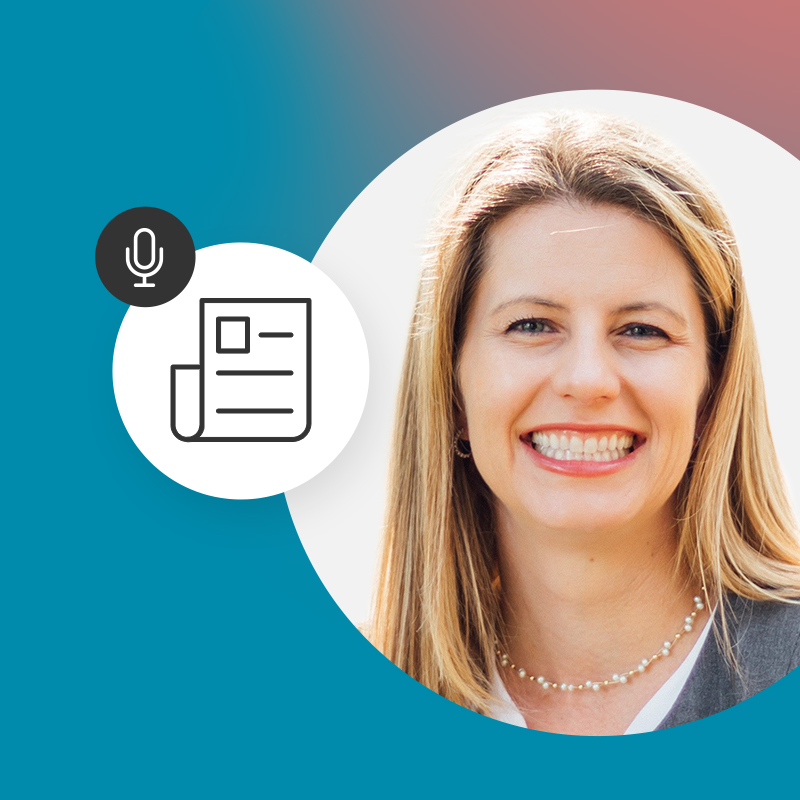Managing is not what it was two months ago. Although there has always been room to improve the way you manage, it is imperative now more than ever that we enable employees to succeed in a more autonomous and self-guided way. Fortunately best practices, like OKRs, enable organizations to manage, translate the strategy into operational terms, provide clarity on team and individual responsibilities, monitor and manage the progress of your business, and support each other in a risk-free environment.
Translating corporate strategy into operational terms
The overnight migration from regular day-to-day operations to remote work has created significant changes that impact how we manage. Managers need to translate corporate strategy into operational terms, guaranteeing that everyone in the business understands what needs to be done by when.
The most effective way to align and cascade strategy through your organization is to use clear goal-setting methodologies like OKRs. Developing the “North Star” (corporate objectives) of your organization is imperative – without it, employees will choose their own direction. Your employees need to align to your corporate strategy, ensuring their daily activities are all pulling in the same direction, not as opposing forces. Aligning objectives from the top-down and the bottom-up is an incredibly effective way to do so – you can read more about this in our post about enterprise agility through COVID-19.
Assigning clear responsibilities
The “new normal” in which we work allows for significantly more work to fall through the cracks, without the ability to have conversations in the hallway, ad-hoc meetings in the conference room, and all the other benefits we enjoyed in person. To combat this, it is critical that managers are explicit about which individuals own which activities, and which teams and individuals need to support them.
Most organizations have an accountability framework in place like RACI. With such a framework, you can make sure your entire organization knows the role of each individual for each Objective and Key Result you’re striving for.
By first translating your strategic objectives into Objectives and Key Results across your business by quarter, then assigning roles to each of these OKRs, your organization will not only have your long-term plan solidified, but each quarter will have quarterly objectives, key results to measure success, and the ability for each employee you manage to know exactly what they should be doing day-by-day.
Monitoring OKR progress
At this point, your organization has the ability to set their long-term strategy, parse it through each person in your organization by quarter, and ensure coverage of responsibilities for those OKRs. The next step comes with using those OKRs; just because OKRs have been set does not mean they will be acted upon.
As with any intellectual asset, OKR systems require you to “feed the beast” to get benefits out of them. In the case of OKRs, they require data in the system, and assessments of what has occurred. Of course, you have to get more benefit out of the system than it costs to feed it. In OKRs, these benefits come from monitoring data and assessments, enabling you to act on what is happening across the organization. Done correctly, you now have every brain working on the same cross-functional problems, as opposed to working in silos waiting for upper management to come up with solutions.
When using an enterprise OKR system like Betterworks, you have the ability to automatically update your OKRs through fully automated API integrations. This has benefits to both the employee, and the manager. As an employee, you get to spend more time working on what you love, and less time on bureaucratic processes.
As a manager, you can “check in” on the progress of your employees without disturbing them as they work. For the average organization using OKRs, this leads to a 20% performance gain.
On top of the huge time and performance benefits, managers are able to clearly delegate responsibility and autonomy to their subordinates, giving you long-term benefits you would never see otherwise – read about that on our post about employee engagement during COVID-19.
Risk-free performance conversations
A critical component of using OKR systems is minimizing the risk associated with individuals reporting progress and performance. If an objective or key result turns red, that is not a situation that should be punished. One of our clients in Eastern Asia describes that “if you’re ever feeling lonely, just turn your objective red.” This is the exact behavior that your organization should strive to achieve. When your objectives turn red, you should see support from across your entire business, working together to solve the problem with your combined strength.
Conclusion
Despite the constant changes required to the way we work, these are actions you can take right now to engage employees across your business. By translating your strategy down to the operational level, delineating clear responsibilities for the entire scope of your organization, monitoring the progress of your business, and working together in a risk-free environment, your employees and managers will be able to work together to tackle whatever COVID-19 – or any other event – throws at you next.
For more information visit https://pm2consulting.com/










